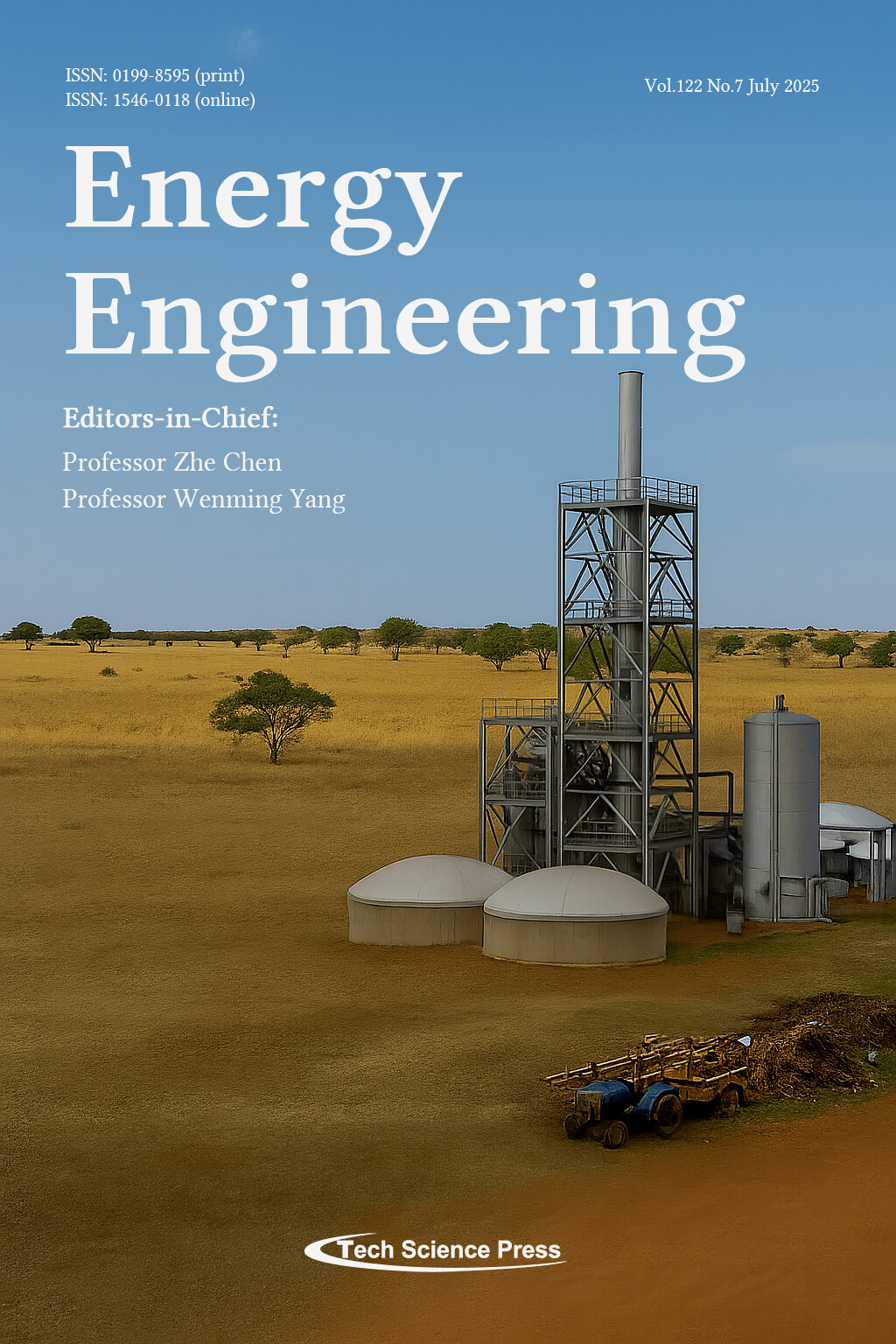
This study evaluates the feasibility of incorporating alternative sustainable energy sources, specifically bioenergy and green hydrogen, into The Gambia's energy mix to support the nation's long-term energy development goals. The feedstocks analyzed include agricultural crop residues such as rice, cassava, groundnuts, maize, sorghum, oil palm fruit, seed cotton, and millet, as well as municipal solid waste (MSW). This study is the first to comprehensively assess the technical potential for both bioenergy and green hydrogen production from crop residues and MSW in the Gambia. It bridges the gap between theoretical potential and practical implementation, providing a scalable roadmap for energy diversification in low-income nations.
This cover image was created using Al-generated content from "Canva". The authors confirm that no human likenesses, copyrighted elements, or misleading representations are included in the image.
View this paper